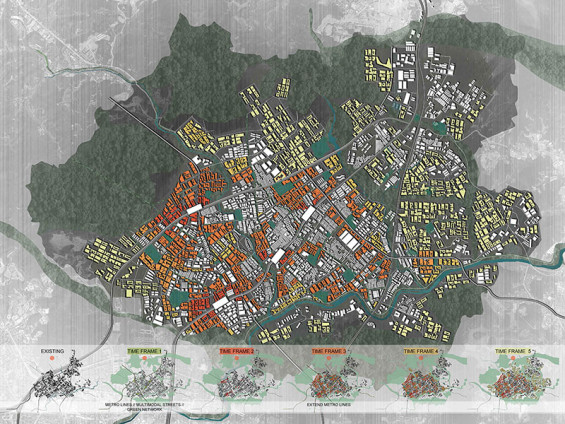Across the developing world, New Towns are being constructed on both undeveloped land and over existing low-rise settlements. Although designed to house hundreds of thousands – and in some cases millions — many “instant cities” remain ghost towns. Planned and built from scratch, New Towns are the latest iteration of a city making tradition that reaches back over a century, to the work of Ebenezer Howard and Le Corbusier. In addition to repeating many of the problems that plagued these 20th century visions of the ideal city, this current iteration of New Town design lacks its predecessor’s cohesive vision for social improvement.
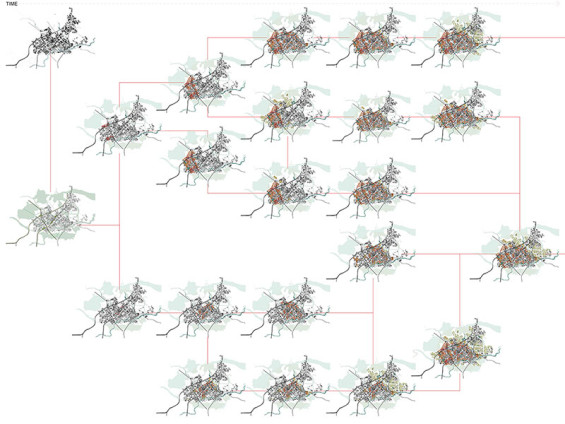
Despite these problems, increasingly urbanized populations the world over make a compelling case for the New Town approach. The article investigates the potential of incremental development as a viable approach to New Town planning. Incremental development creates a framework that structures large-scale change through small-scale steps. By increasing the role of time in urban design, incremental development potentially improves urban diversity and spontaneity. This research outlines the need for the incremental development approach and relates examples of incremental development in retrofitting existing cities.
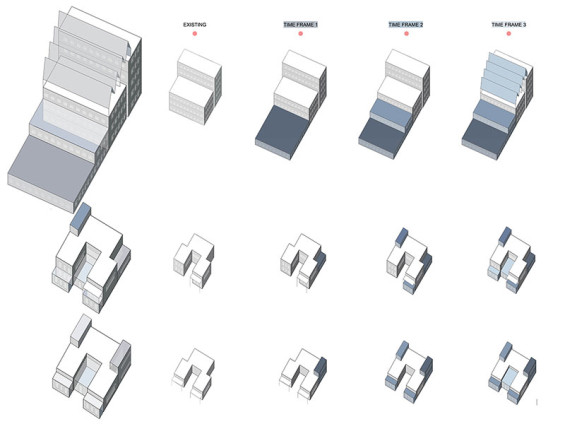
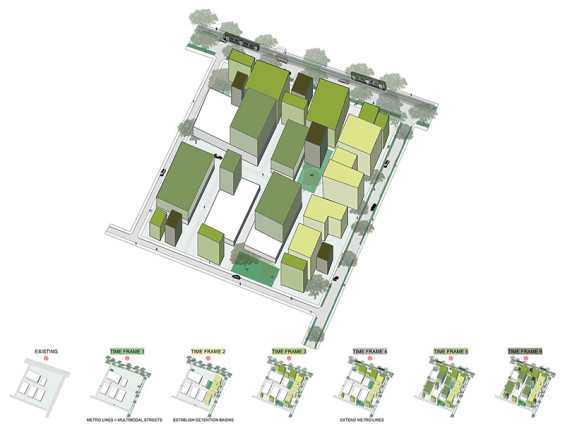
Those examples also inform a speculative application of incremental development to the planning and design of New Towns in the global south. A planning and design framework that pushes for large-scale change with small-scale steps, incremental development has potential to make the creative and spontaneous a key foundation of modern New Town urban growth. Devised through literature reviews and precedent analysis of existing urban examples, the concept eschews the current New Town focus on building entire cities from scratch in favor of enacting large-scale change with small-scale steps. Execution begins with the creation of a long-term masterplan. The implementation of that plan, however, is conducted incrementally, at the district, neighborhood, parcel and building scales. Key streets and infrastructure are oriented for easy extension to accommodate greater development in subsequent years. Data from built projects — from energy consumption and resident safety to transit use and community involvement — informs feedback mechanisms for iterative change and future development decisions, creating a process of ongoing improvement through feedback cycles.
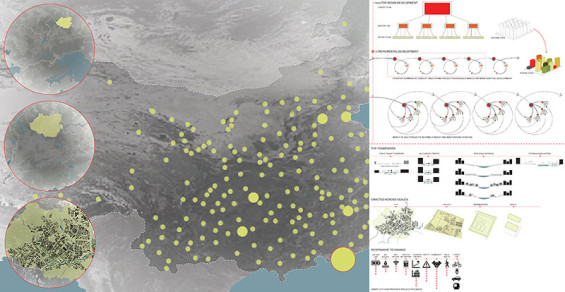
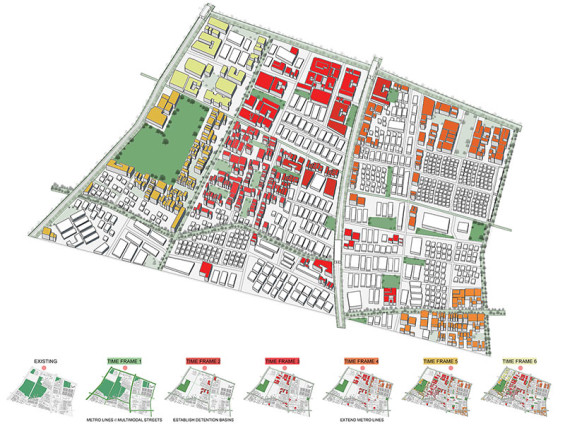
Incremental Development | Hoffman and Karl Kullmann
School | UC Berkeley
Program | Landscape Architecture and Environmental Planning
Advisor | Karl Kullmann
Project Credits | Johanna Hoffman and Karl Kullmann

